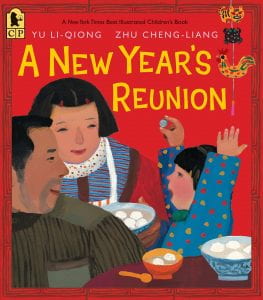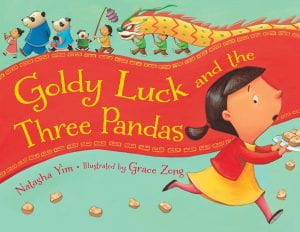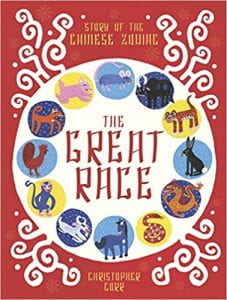 As you know, it is imperative that you incorporate books into your classroom about the ethnicities and cultures of the children you serve and that some of those books are written by authors and illustrators native to those cultures.
As you know, it is imperative that you incorporate books into your classroom about the ethnicities and cultures of the children you serve and that some of those books are written by authors and illustrators native to those cultures.
But did you know that it is also important to teach children about cultures they might not be familiar with such as Chinese? Teaching children about diverse cultures helps them to:
1) better understand their culture by recognizing its differences and similarities with all peoples of the world and
2) build awareness, respect, appreciation, and inclusion of diverse beliefs and cultures.
Chinese New Year will be celebrated on 2/10/24 this year. You can use this as an opportunity to either reinforce the presence of Chinese culture in your classroom or introduce children to it by spring boarding with lessons about this holiday (as iterated in previous posts, be mindful to avoid books and lessons that denote or emote stereotypical, derogatory, or otherwise insensitive messages about Chinese culture).
Chinese culture in your classroom or introduce children to it by spring boarding with lessons about this holiday (as iterated in previous posts, be mindful to avoid books and lessons that denote or emote stereotypical, derogatory, or otherwise insensitive messages about Chinese culture).
Here are a couple of titles to get you started:




As you continue your efforts to expose children to diverse cultures, consider incorporating short videos into your lessons that are followed up with lots of open questions and opportunities for children to share their ideas to build their oral language and communication skills. It’s okay if children don’t understand the language. There is value in hearing a different language spoken and reflecting on what was watched. You can visit your local or school library and display books in the classroom that correspond to the video content to further build children’s understanding. Here are a couple of short videos to spark conversations about Chinese culture:
https://youtu.be/a8mmyKPhM9o
https://youtu.be/0M7obnowQWA
Children might also be interested in books and videos about:
- Animals native to China such as the Giant panda, the Red panda, the Snow leopard, and the Golden snub-nosed monkey
- The Chinese zodiac
- Chinese cuisine such as Cantonese (stir-fried), Szechuan (spicy), Rice
- The Chinese language (7 major dialects: Mandarin by 71.5%, Wu, Yue [Cantonese], Xiang, Min, Hakka, and Gan) and its writing characters
- The ancient Chinese Yin and Yang philosophy
- China’s stance on religion (Chinese Communist Party rules that China is officially atheist) and the 5 official (legal) religions (Buddhism, Taoism, Islam, Catholicism, and Protestantism)
- The Chinese geomancy practice of Feng Shui
- Chinese martial arts (Kung Fu)
- Chinese family life
- Chinese art and music
- Traditional Chinese apparel
Lynne Hall is a research associate at the Indiana Institute on Disability & Community’s Early Childhood Center. She holds a Master of Science in Education and an Indiana instructional teaching license (Early Childhood Education and Services; Elementary/Primary Generalist; Elementary/Intermediate Generalist). She also provides developmental therapy to Indiana’s First Steps families. She formerly taught preschool in a variety of settings for over 15 years. Her expertise includes early literacy instruction, early childhood equitable practices, positive behavior support, and inclusive classroom practices. Email her at hallma@iu.edu
Leave a Reply